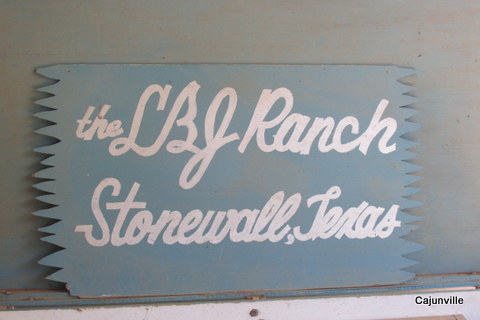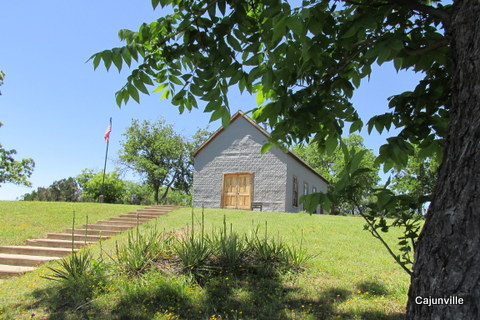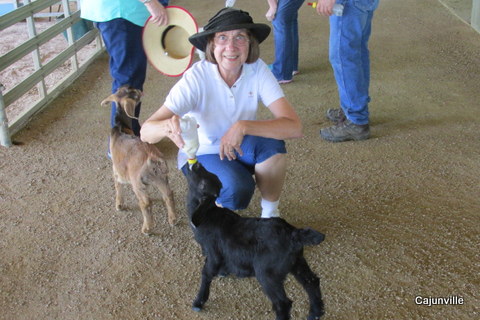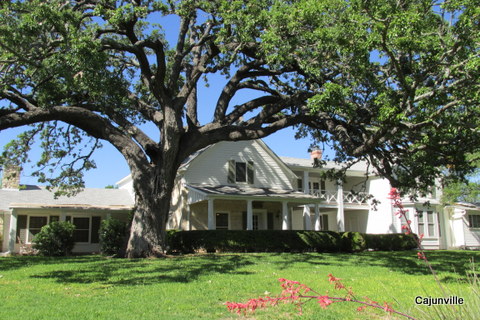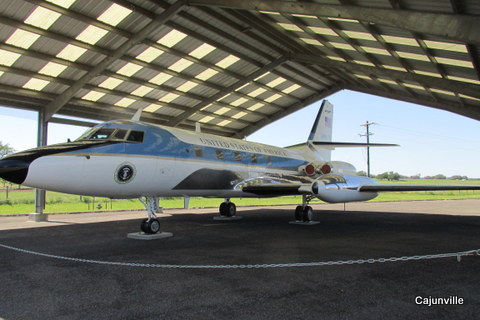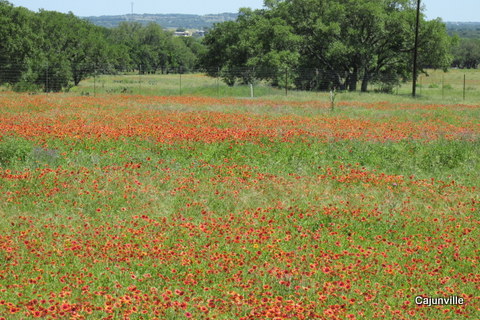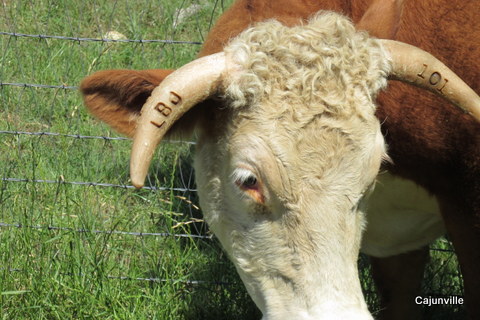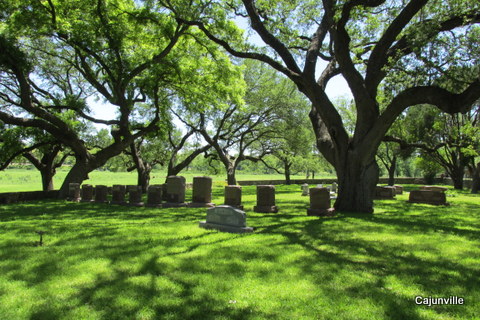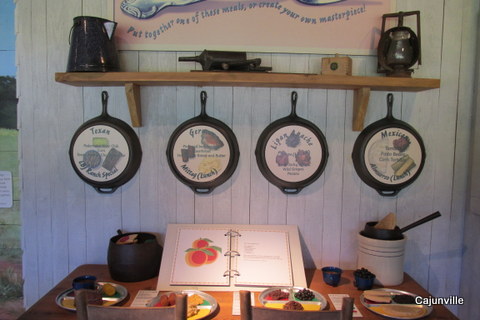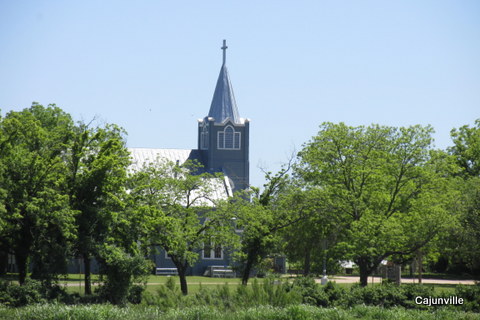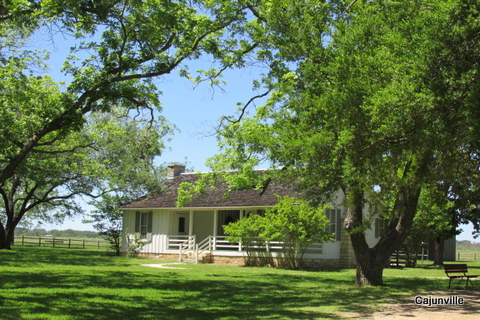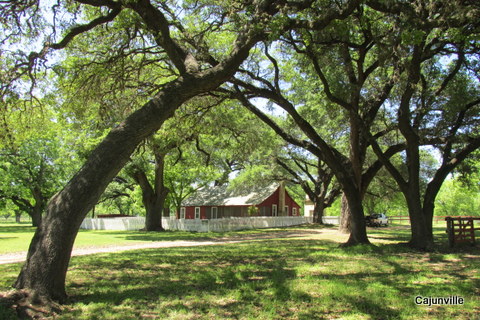 As we write our blog post, our thoughts and prayers go to the people of Texas. So much has been lost and damaged during the recent storms and floods including loss of life. Many places we visited were damaged and some are closed. It is hard to imagine what were once calm serene rivers have now turned into killer walls of water.
As we write our blog post, our thoughts and prayers go to the people of Texas. So much has been lost and damaged during the recent storms and floods including loss of life. Many places we visited were damaged and some are closed. It is hard to imagine what were once calm serene rivers have now turned into killer walls of water.
We began our day at the Lyndon B. Johnson State Park & Historic Site. The Visitor Center was our first stop where we received our driving pass and viewed a film on the life of LBJ. Then on to the exhibit hall with LBJ memorabilia as well as items from the German culture and Texas history.
A short walk through a wooded area brought us to the Sauer-Beckmann Farm, a living history farm. The farm interprets rural life as it was between 1900 and 1918. This daily living includes period clothing as well as farm and household chores as it would have been during the early 1900s. Some daily sights include lunch cooked on a wood burning stove, plowing the garden with a team of horses, or butchering of a hog. There are also those everyday chores like scrubbing the floors with homemade lye soap. We visited shortly after lunch and there was not much activity. We enjoyed talking with the “family” discussing the butchering of a hog and how the various parts were stored for future use.
We wondered about the connection between the Johnsons and the Sauer-Beckmann Farm. One of the Sauer’s, Augusta Sauer Lindig, was the midwife at the birth of President Johnson. In 1900 Emil and Emma Beckmann acquired the property and in 1966 sold the property to the Texas Parks and Wildlife Department. After restoration, the farm was opened to the public in 1975 as a window into Texas life in the early 1900s.
From this park we traveled across the calm and serene Pedernales River to the LBJ Ranch. Like the Sauer-Beckmann farm, the LBJ Ranch is a working ranch. Only difference is it is a modern day ranch with all the latest technology. When the Johnson’s donated a portion of their land to the National Park Service it was with the understanding it would remain a working ranch.
On the way to the ranch we passed the schoolhouse LBJ attended, the home where President Johnson was born, his grandparent’s home and the cemetery where the Johnson family members are buried.
Once on the ranch, the drive to the Texas White House included sights of Texas Longhorns, wildflowers, a landing strip, and a barn. We had been told by friends to make sure we stopped at the barn and we are glad we did. Immediately out of the truck, we were approached by a baby goat and he was “doing some talking”. Upon entering the barn we realized why, he was hungry. There were three baby goats and all were “talking” to a closed door. Behind that door the ranger was preparing their meal. He came out with three bottles and Laurie was given one and the goat that met us at the truck got the bottle Laurie held.
The origins of the Texas White House began in 1894 built with native limestone fieldstone. The President’s aunt and uncle purchased the home in 1909 and added the main central portion. The Johnson’s purchased the home in 1951. Over the years there were a number of additions to the home including the master bedrooms and office wing.
No pictures were allowed inside the home, which reflected the 1960s. There were many items in the home that reminded us of our parents and our youth.
The Texas White House was the first functioning White House away from Washington D.C. Walking the grounds, we understood the draw President Johnson had to this land and why he returned so often.


